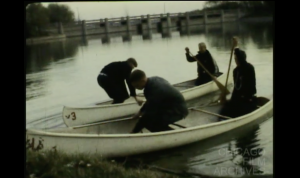
"Amateur silent film of a boy scout troop making a fiberglass canoe step by step from a mold, from start to finish. Boy scouts all help in each part of the process. They then take their finished canoes on a trip where they learn how to row their new canoes and camp out on the river." Chicago Film Archives
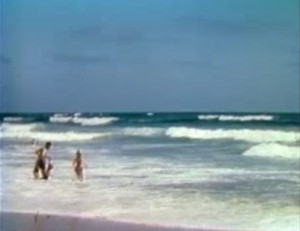
"During five summers from 1957 to 1961, the five-member Barstow family of Wethersfield, Connecticut, set out to visit all 48 of the then United States of America on a series of month-long camping trips. Part I includes seeing famous sites from "America's History" in 24 Eastern, Northern, and Southern states." Archive.org
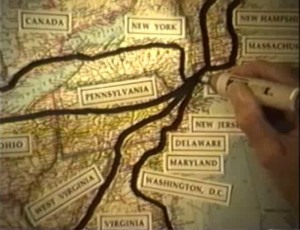
"During five summers from 1957 to 1961, the five-member Barstow family of Wethersfield, Connecticut, set out to visit all 48 of the then United States of America on a series of month-long camping trips. Part II showcases "America's Wonderlands" with 18 National Parks and other exciting attractions in the great Northwest and Southwest." Archive.org
"Choosing one of the most common sites of seasonal move making, Benjamin Crocker has by the sheer virtuosity of his production methods come up with an attractive and entertaining travel short. Here are, to be sure, Marineland, Miami, Silver Springs, Cypress Gardens and all the rest, tied neatly together with an animated map and a lively commentary. But with his clean camera work, fresh viewpoints and incisive editing, Mr. Crocker covers them in a tight ten minutes of unflagging good fun. To these same subject other amateurs have devoted twenty, forty or even-sixty minutes, and, all too often, have encountered the inevitable law of diminishing returns, Florida Vacation Fun dances where others have dawdled" PSA Journal, Jan. 1955, 48.
"Romantic narrative by Rochester homemaker Marion Gleason that was used by Kodak to introduce home-moviemaking to the public." filmpreservation.org
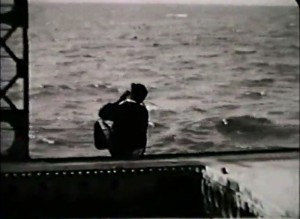
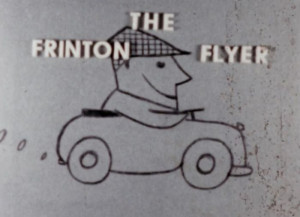
‘A frantic, speeded-up journey in a red Vauxhall Victor F-type, registration B90 F. The unidentified gentleman driver, presumably the filmmaker, hurries from the main Post Office in the High Street at Clacton-on-Sea, jumps in the car and heads north into Holland Road, through Holland-on-Sea to the Frinton Road, onwards to Kirby Cross and eventually to Glebe Way in Frinton-on-Sea, Essex. On reaching his destination, he parks in the drive and hurries indoors.
Vauxhall produced over 390,000 Victor cars between 1957 and 1976. It was a popular family-sized four-door saloon which became a huge success for the company with exports to all corners of the globe. The first version, branded the F series, offered an American-style curved windscreen and rear window, with additional ‘imported’ features, including the chromed front bumper design and sloping windscreen pillars. The exhaust pipe was concealed in the rear bumper detailing, visible below the offside lamp cluster towards the end of the film. The driving sequence of the film is shot at a slow frame rate, perhaps 6 or 8 frames-per-second, so that when projected at 24 frames-per-second the action is speeded up’ (BFI Player).
"dis. an. didattici"/animated educational doc
"doc. turistico"/tourism documentary
Total Pages: 12